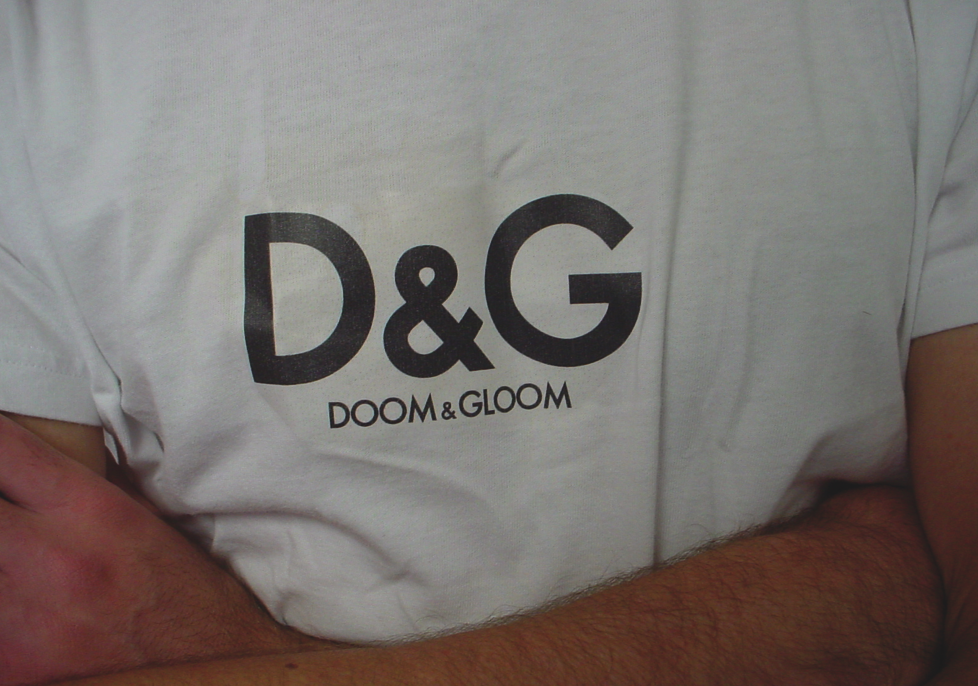Tempting as it is to comment on Liam Fox and where his departure would leave William Hague, I’ll focus on some food trends instead.
Something that caught my eye recently was from satedepicure.com in the US. Check out the link, but if you don’t have the time here’s a summary with a few comments.
1. Modernist or Molecular Techniques in Cooking
“The science of food and cooking, otherwise known as molecular or modernist cuisine, will blossom in 2011 and reach full bloom in 2012.” Really? I’m not so sure about this. Maybe it’s moving outwards into the mainstream in the US, but my feeling is that it’s reaching it’s eat by date in Europe.
2. Seafood with Integrity
I agree. Pressure on wild fish stocks is rising (thanks to rising incomes and shifting eating habits in emerging markets). Hence the variety of eco-labelling in the US, UK and elsewhere (“including MSC, ASC, ISO, Friends of the Sea, Global Aquaculture Alliance”). However, another note of caution. Is this, like bottled water boycotts, just fashion?
3. Cafe Cuisine and Culture
“An extension of the smart casual shift in fine dining of the past three years.” Yes, but watch for a rise in no-frills eats at one end of the spectrum and formal dining at the other as a counter-trend (as a form of culinary escapism if the economy turns really bad).
4. Necessity of Social Media and custom Apple/Android Apps
“In addition to applications for mobile devices chefs and restaurateurs will increasingly use social media and digital communications to build their customer base and increase customer loyalty.” Yeah yeah yeah…
5. Source Mapping and Transparency
” It is likely that food purveyors, manufacturers, distributors, and restaurant operators will engage in increased source transparency and use technology to do so. Leo Bonnati, a researcher at the Media Lab at MIT, has developed a source tracking system and established sourcemap.org as an open source platform for tracking products through the supply chain and estimating their carbon footprint.” Yes, but again I’m not sure that carbon footprint is the main reason for doing this. I think localism (10-mile diets, provenance etc) is also connected to a growing distrust of big business, government regulation, anti-globalisation, cultural identity and so on.


